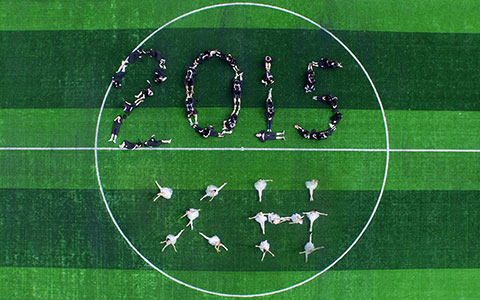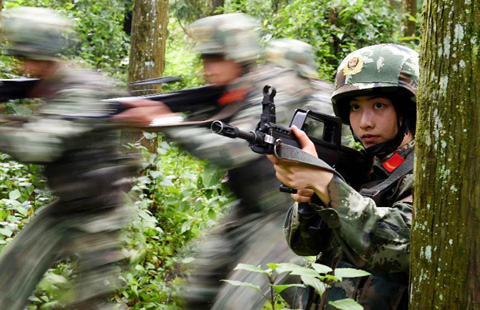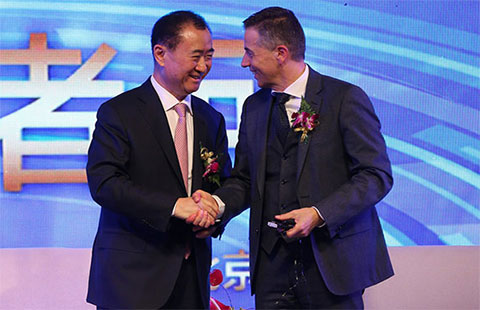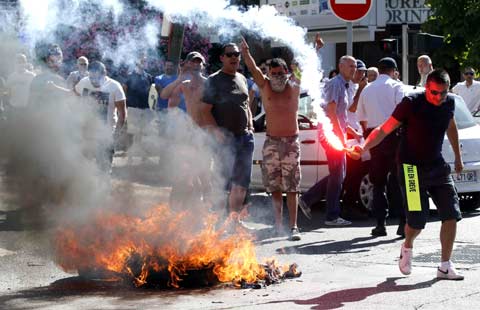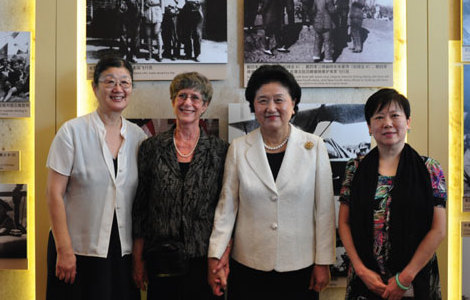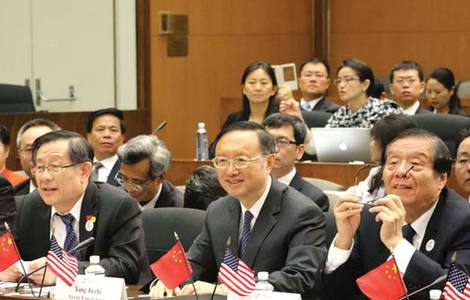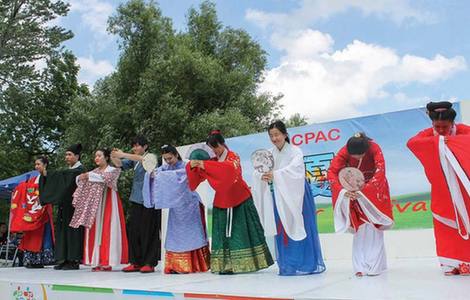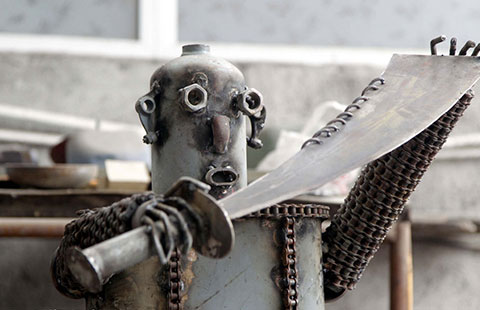Secret World War II documents show partnership in action
Updated: 2015-06-26 07:45
By Huang Zhiling(China Daily)
|
||||||||
Top-secret military documents from World War II have revealed the depth and strength of the alliance between China and the United States against Imperial Japan, as well as joint efforts to rescue downed US pilots.
The cache of intelligence documents, detailing a number of daring missions, is on display at Jianchuan Museum in Anren, Sichuan province.
More than 1,100 documents and other artifacts were donated by the family of Major Richard Hill (1908-92), a US military intelligence officer who coordinated the rescue of 46 US pilots shot down over occupied China.
Fan Jianchuan, who owns the museum, said he is passionate about bringing the largely forgotten story of US-China collaboration to life for a new generation, and that the path to future peace and friendship lies in these wartime ties.
"I hope Chinese will be grateful to the US after they visit the museum, and Americans will say 'thank you' to the Chinese for helping their pilots," he said.
The documents are housed in a wing of the museum called Flying Tigers Hall, named in honor of the US volunteer force that in 1941 provided China's only air defense against Japan.
Drawing on both the clandestine details in the documents and stories from local people and veterans, Fan paints a detailed picture about the level of trust and cooperation between Chinese and US soldiers.
"After Hitler invaded the Soviet Union, Soviet aid was withdrawn from China," the 58-year-old said. "US aid had spiritual, political, military and economic significance."
Of the 1.8 million Japanese soldiers killed in the fighting, US troops killed 1.1 million, he said. "US pilots also shot down more than 2,500 Japanese warplanes."
With weapons from the US, he said, China was able to modernize training and equipment for its army, and update its management, telecommunications and intelligence systems.
The assistance offered by Chinese civilians and soldiers to the US was also vital, he said. "Almost 2 million people built airports for the US military and many others built the Burma Road in Yunnan. China was very poor, but its people ensured the US soldiers had meat, milk and eggs, and they helped rescue many downed pilots."
Among the donated intelligence documents was a map sent by the Communist resistance to the US military in 1944 that showed the locations of the Chinese army camps. Pilots were advised to parachute as near to an army-occupied territory as possible. Jianchuan Museum has received more than 10 million visitors since being opened a decade ago, Fan said, including many former US servicemen and their families.
Fan said one of the most memorable visits was by Robert Gruber, in 2005. A bomber pilot who flew missions over China, he had returned to the US after the war to discover his girlfriend had married someone else.
"He had wanted to donate his flight suit, maps, a picture of him in uniform and a picture of his girlfriend to a Beijing museum, but he wasn't satisfied with the amount of attention given to the US military at several museums so gave them to us instead," he said.
"Gruber was 84 and was not well. His doctor had said he had only months to live. So he felt it was urgent to come to China. He was overwhelmed by our photos and other artifacts. He said he'd spent his best years in China. He passed away not long after returning to the US."
Fan said his museum is there to preserve the memory of the wartime friendship between China and the US, to "remind both countries to treasure it and work together to deal with factors that may affect world peace today".
(China Daily 06/26/2015 page6)
Most Viewed
Editor's Picks

|

|

|

|

|

|
Today's Top News
No rest until sweeping victory against drugs, President Xi says
More people around world like China, survey finds
Victims of Charleston massacre mourned
US police fatally shoot unarmed black man in domestic dispute
Pundits cheer China-US talks
US Supreme Court upholds key Obamacare insurance subsidies
Productive talks praised
China, US can be 'driver' of world peace
US Weekly

|

|
